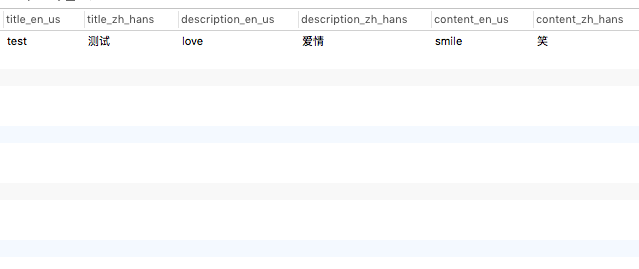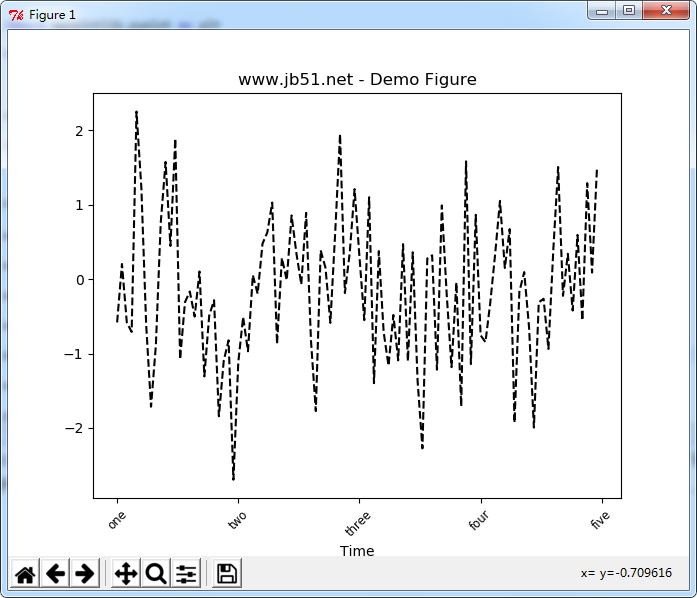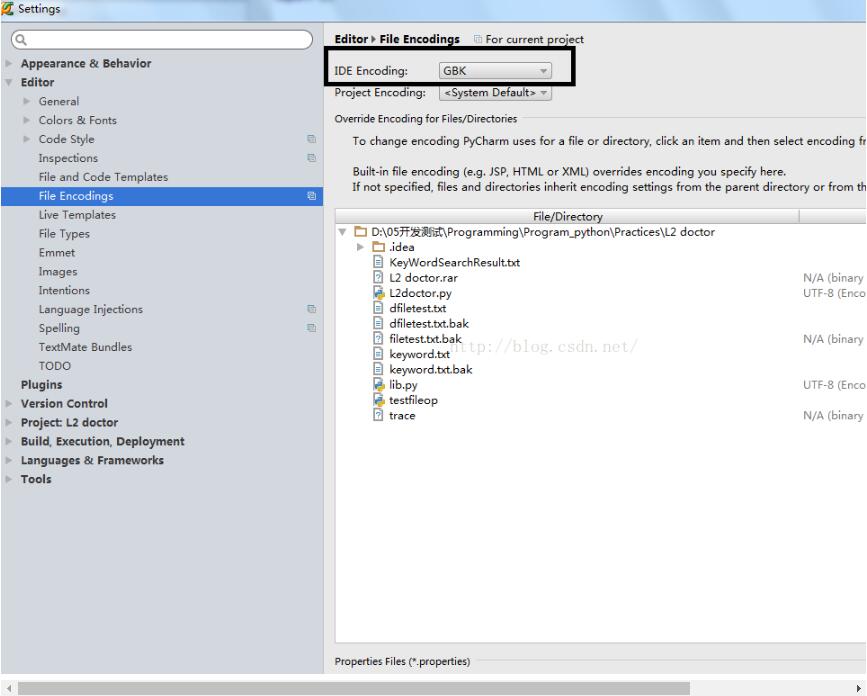python实现数独算法实例
本文实例讲述了python实现数独算法的方法。分享给大家供大家参考。具体如下:
# -*- coding: utf-8 -*-
'''
Created on 2012-10-5
@author: Administrator
'''
from collections import defaultdict
import itertools
a = [
[ 0, 7, 0, 0, 0, 0, 0, 0, 0], #0
[ 5, 0, 3, 0, 0, 6, 0, 0, 0], #1
[ 0, 6, 2, 0, 8, 0, 7, 0, 0], #2
#
[ 0, 0, 0, 3, 0, 2, 0, 5, 0], #3
[ 0, 0, 4, 0, 1, 0, 3, 0, 0], #4
[ 0, 2, 0, 9, 0, 5, 0, 0, 0], #5
#
[ 0, 0, 1, 0, 3, 0, 5, 9, 0], #6
[ 0, 0, 0, 4, 0, 0, 6, 0, 3], #7
[ 0, 0, 0, 0, 0, 0, 0, 2, 0], #8
# 0, 1, 2, 3,|4, 5, 6,|7, 8
]
#a = [
# [0, 0, 0, 0, 0, 0, 0, 0, 0], #0
# [0, 0, 0, 0, 0, 0, 0, 0, 0], #1
# [0, 0, 0, 0, 0, 0, 0, 0, 0], #2
# #
# [0, 0, 0, 0, 0, 0, 0, 0, 0], #3
# [0, 0, 0, 0, 0, 0, 0, 0, 0], #4
# [0, 0, 0, 0, 0, 0, 0, 0, 0], #5
# #
# [0, 0, 0, 0, 0, 0, 0, 0, 0], #6
# [0, 0, 0, 0, 0, 0, 0, 0, 0], #7
# [0, 0, 0, 0, 0, 0, 0, 0, 0], #8
## 0, 1, 2, 3,|4, 5, 6,|7, 8
# ]
exists_d = dict((((h_idx, y_idx), v) for h_idx, y in enumerate(a) for y_idx , v in enumerate(y) if v))
h_exist = defaultdict(dict)
v_exist = defaultdict(dict)
for k, v in exists_d.items():
h_exist[k[ 0]][k[ 1]] = v
v_exist[k[ 1]][k[ 0]] = v
aa = list(itertools.permutations(range(1, 10), 9))
h_d = {}
for hk, hv in h_exist.items():
x = filter(lambda x:all((x[k] == v for k, v in hv.items())), aa)
x = filter(lambda x:all((x[vk] != v for vk , vv in v_exist.items() for k, v in vv.items() if k != hk)), x)
# print x
h_d[hk] = x
def test(x, y):
return all([y[i] not in [x_[i] for x_ in x] for i in range(len(y)) ])
def test2(x):
return len(set(x)) != 9
s = set(range(9))
sudokus = []
for l0 in h_d[0 ]:
for l1 in h_d[ 1]:
if not test((l0,), l1):
continue
for l2 in h_d[ 2]:
if not test((l0, l1), l2):
continue
# 1,2,3行 进行验证
if test2([l0[ 0], l0[ 1], l0[ 2]
, l1[ 0], l1[ 1], l1[ 2]
, l2[ 0], l2[ 1], l2[ 2]
]) : continue
if test2([l0[ 3], l0[ 4], l0[ 5]
, l1[ 3], l1[ 4], l1[ 5]
, l2[ 3], l2[ 4], l2[ 5]
]) : continue
if test2([l0[ 6], l0[ 7], l0[ 8]
, l1[ 6], l1[ 7], l1[ 8]
, l2[ 6], l2[ 7], l2[ 8]
]) : continue
for l3 in h_d[ 3]:
if not test((l0, l1, l2), l3):
continue
for l4 in h_d[ 4]:
if not test((l0, l1, l2, l3), l4):
continue
for l5 in h_d[ 5]:
if not test((l0, l1, l2, l3, l4), l5):
continue
# 4,5,6行 进行验证
if test2([l3[ 0], l3[ 1], l3[ 2]
, l4[ 0], l4[ 1], l4[ 2]
, l5[ 0], l5[ 1], l5[ 2]
]) : continue
if test2([l3[ 3], l3[ 4], l3[ 5]
, l4[ 3], l4[ 4], l4[ 5]
, l5[ 3], l5[ 4], l5[ 5]
]) : continue
if test2([l3[ 6], l3[ 7], l3[ 8]
, l4[ 6], l4[ 7], l4[ 8]
, l5[ 6], l5[ 7], l5[ 8]
]) : continue
for l6 in h_d[ 6]:
if not test((l0, l1, l2, l3, l4, l5,), l6):
continue
for l7 in h_d[ 7]:
if not test((l0, l1, l2, l3, l4, l5, l6), l7):
continue
for l8 in h_d[ 8]:
if not test((l0, l1, l2, l3, l4, l5, l6, l7), l8):
continue
# 7,8,9行 进行验证
if test2([l6[ 0], l6[ 1], l6[ 2]
, l7[0 ], l7[1 ], l7[2 ]
, l8[0 ], l8[1 ], l8[2 ]
]) : continue
if test2([l6[ 3], l6[ 4], l6[ 5]
, l7[3 ], l7[4 ], l7[5 ]
, l8[3 ], l8[4 ], l8[5 ]
]) : continue
if test2([l6[ 6], l6[ 7], l6[ 8]
, l7[6 ], l7[7 ], l7[8 ]
, l8[6 ], l8[7 ], l8[8 ]
]) : continue
print l0
print l1
print l2
print l3
print l4
print l5
print l6
print l7
print l8
sudokus.append((l0, l1, l2, l3, l4, l5, l6, l7, l8))
希望本文所述对大家的Python程序设计有所帮助。


